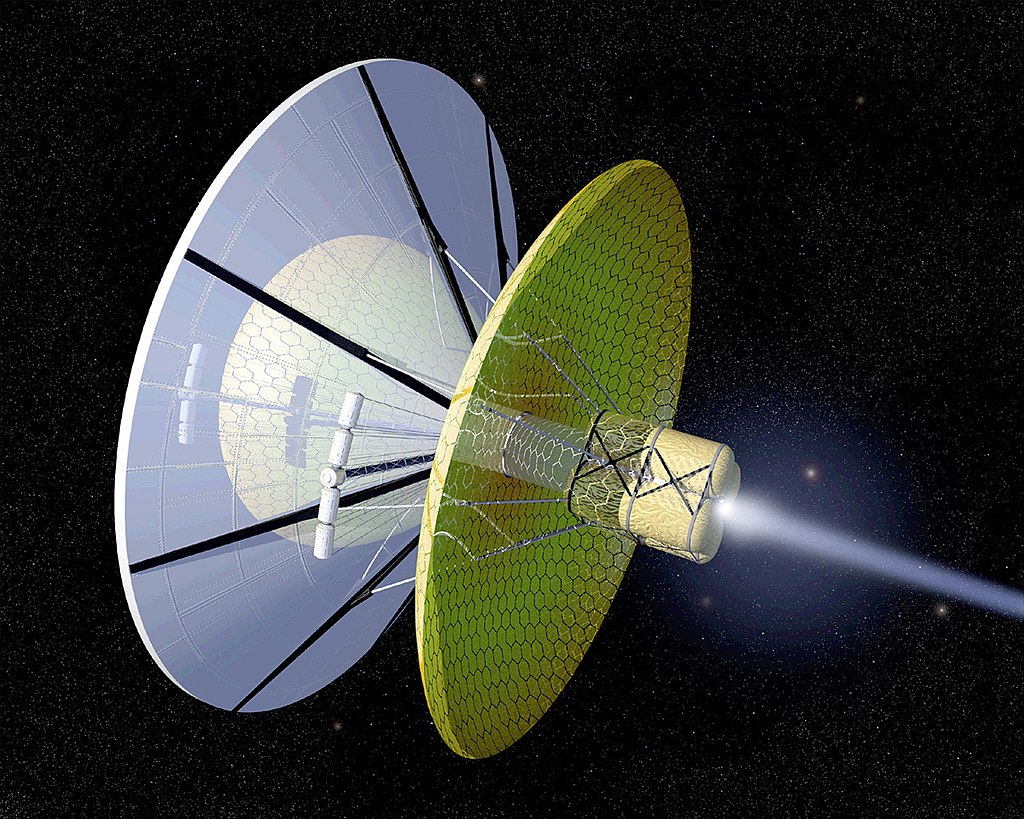
What does it cost to leave Earth permanently? Not the poetic one, but the literal, technical, and biological fact of packing humanity into a ship and launching it into interstellar space for centuries. The Chrysalis project, winner of a first prize in the Project Hyperion Design Competition, is no science fiction screenplay it’s a closely drawn plan for a vessel that can transport 1,000 individuals on a one-way trip to Proxima b.
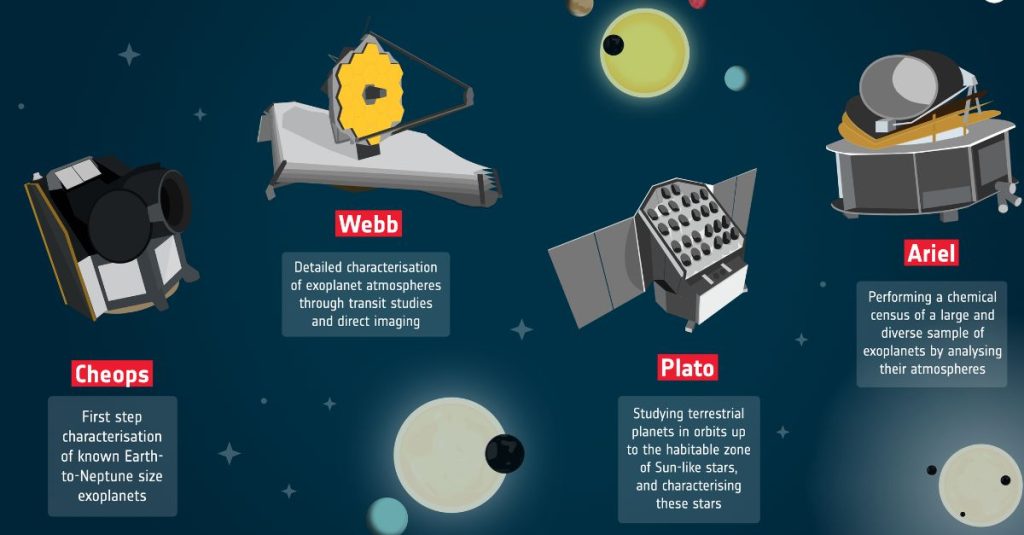
This is no standard mission plan. It combines cutting-edge propulsion theory, closed-loop life support, and social engineering for a multi-generation society that will never return to Earth. It also requires confronting deeply ethical issues: who goes, how they will survive, and what it means to be human when “home” is four light-years away.
Here are seven of the most convincing elements of this visionary first, taken from engineering science, psychology research, and sustainability science.

1. A Starship Spanning Centuries
The Chrysalis is designed as a 58-plus-kilometer-long rotating cylinder weighing 2.4 billion metric tons. Its nested modular shells, akin to a Russian matryoshka, contain from tropical forests to industrial workshops. The outermost shell protects from micrometeoroids and radiation, while inner shells contain manufacturing units, housing, and community areas. Central to these are food production areas and planetary descent shuttles.
Its powerplant, a Direct Fusion Drive based on helium-3 and deuterium, is targeted at 0.1 g acceleration, crossing to Proxima b in about 400 years. Commercial fusion reactors are still untested, but the system-level integrity of the design impressed the Initiative for Interstellar Studies jury, which commended its “innovative modular habitat structure design” and focus on in-space manufacture.

2. Earth’s Hardest Frontier Training
Prior to launch, the initial group of passengers would go through 70 to 80 years of isolation training in Antarctica. This radical pre-mission period is designed to mimic the confinement, resource constraints, and psychological stresses of deep space. As the designers point out, this would challenge not only survival skills but also social cohesion over decades.
Analog environments such as Antarctic stations have been employed for decades in the research of closed societies. They demonstrate that psychological resilience, cultural continuity, and political structures are as important as engineering to maintain a mission of this size.
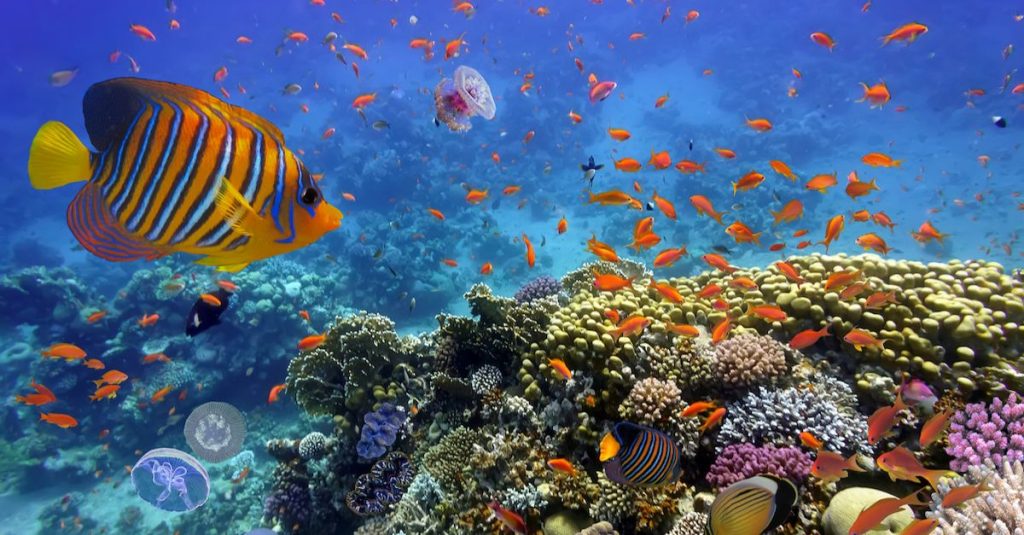
3. Sustaining Life Through Marine Biotechnology
Long-term missions require autonomy. Studies in marine biotechnology indicate the possibility of using algae, invertebrates, and microbes as a basis for bioregenerative life support. Algae like Chlorella vulgaris have the ability to produce oxygen and regenerate carbon dioxide, while some microbes have the capacity to eliminate up to 95% of ammonia nitrogen in wastewater.
Marine aquaculture can provide nutrition-dense food fish, shellfish, and seaweeds within closed-loop systems. This strategy minimizes dependence on Earth resupply and is compatible with in situ resource utilization concepts, whereby local planetary materials might be used to support production.

4. Engineering for Mental Resilience
Isolation, confinement, and distance from Earth result in severe mental health hazards. Earth-based psychological support will be impossible with multi-minute or hour delays. Automated psychotherapy systems, as discussed in “Automated Psychotherapy in a Spaceflight Environment” by Smith, would enable 24/7 confidential cognitive behavior therapy and combine mindfulness and relaxation training.
Research in analogs such as Concordia Station in Antarctica demonstrates mindfulness is protective against stress, whereas relaxation techniques enhance sleep and emotional control. These skills, built into Chrysalis’ culture, might sustain cognitive function and social cohesion through generations.
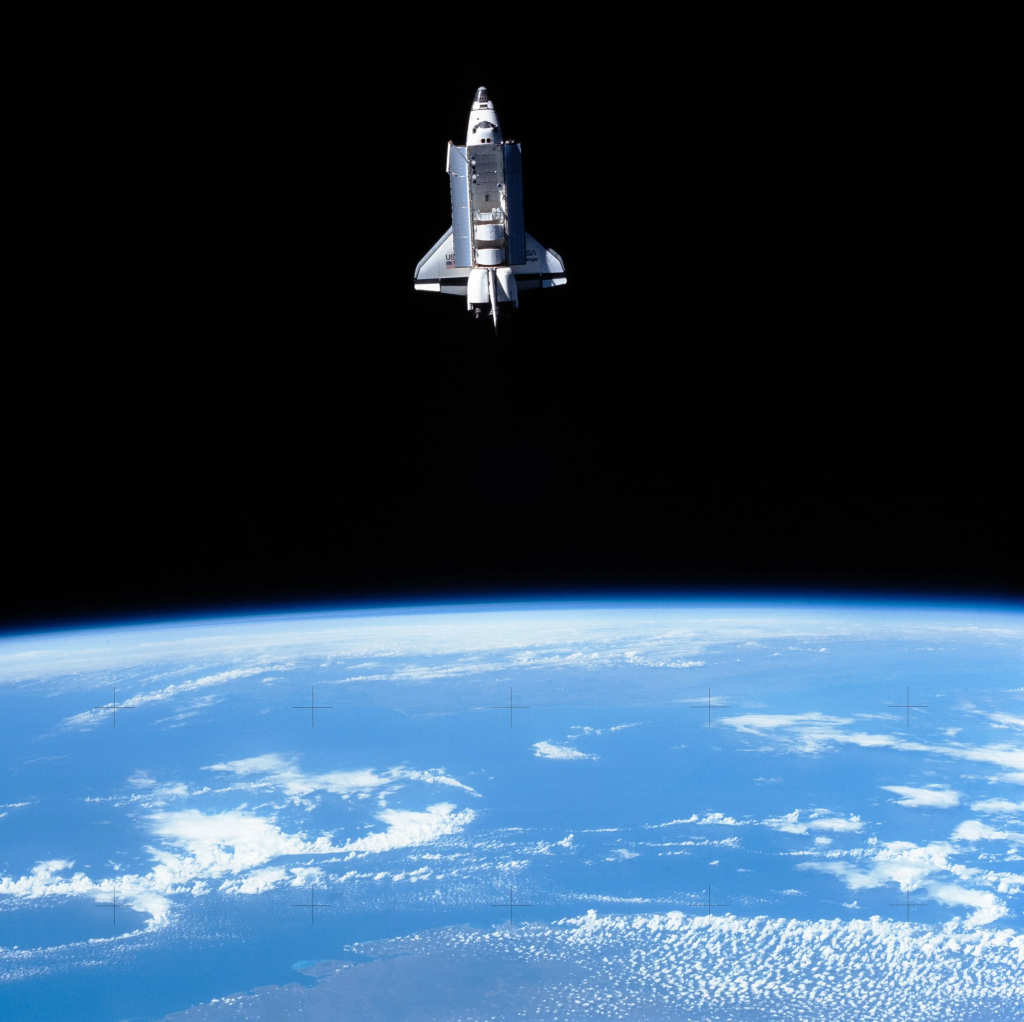
5. The Ethics of Human Enhancement
Space hazards in deep space radiation, gravity will perhaps render genetic modification not only beneficial but also a requirement. Germline gene editing for increased tolerance to these conditions, a review in Sustainability suggests, could become a prerequisite for joining. That poses stark ethical dilemmas: reproductive choice, fair access, and the possibility of creating a stratified biologically unequal society.
In space, the game is different from Earth. As the review points out, “we may be talking about genetic modification substantially enhancing the chances of remaining alive.” The unenhanced might be subject to biological reproductive exclusion, unable to safely produce children in the shipboard environment.

6. Governance Across Generations
The Chrysalis sees governance as a collaboration of human decision-makers and AI. AI would maintain institutional memory, handle resources, and simulate long-term societal patterns. It is not optimistic speculation; it is the recognition that leadership will pass through maybe 15 generations before the arrival.
Systems of knowledge transfer from schooling to cultural repositories are in place to make sure descendants inherit the skills, history, and purpose to sustain themselves upon arrival. In the absence of continuity, the mission will risk drifting or collapsing far from its destination.

7. Sustainability Beyond Earth
Sustainability principles, as the World Economic Forum’s Global Future Council on Space defines them, are integrated into Chrysalis’ design. These consist of limiting contamination, dealing with waste through closed-loop recycling, and utilizing renewable power. The architecture of the ship enables a circular economy, whereby each output organic waste, CO₂, worn materials is an input to another process.
Such technologies are immediately earth-apply relevant. Water reclamation, waste-to-resource conversion, and renewable energy interfacing are developments with the potential to make a difference to distant Earth communities and disaster relief, illustrating that interstellar visions can breed innovations with earthly payoff.
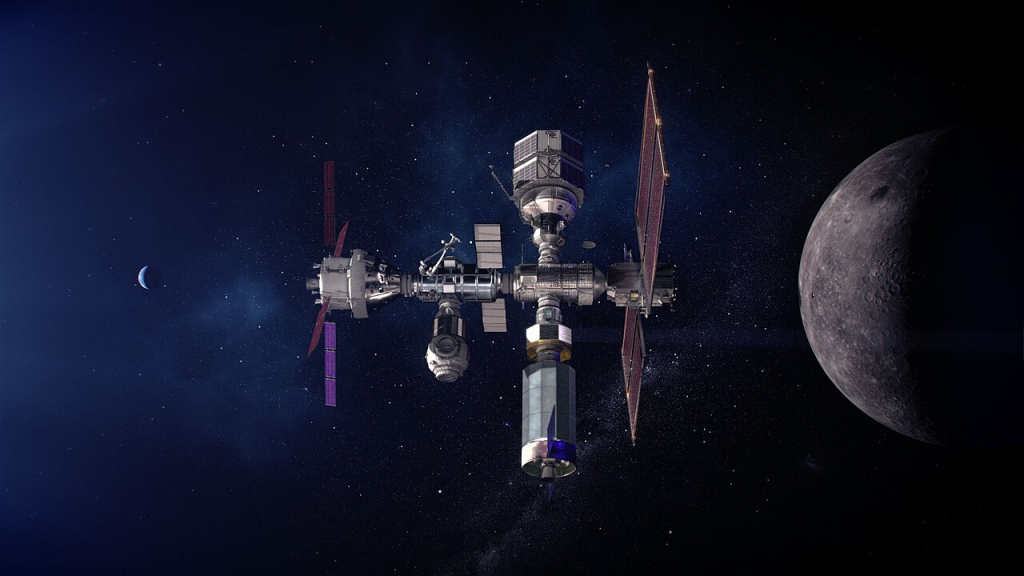
The Chrysalis is, for the time being, a concept a bold integration of propulsion physics, ecological engineering, social science, and ethics. But its precise vision compels scientists, policymakers, and citizens today to face the facts of eternal migration off the planet. If mankind ever constructs such a vessel, it will not be simply an engineering achievement; it will be an announcement that our race is prepared to take its culture, biology, and duty into the dark between the stars.


